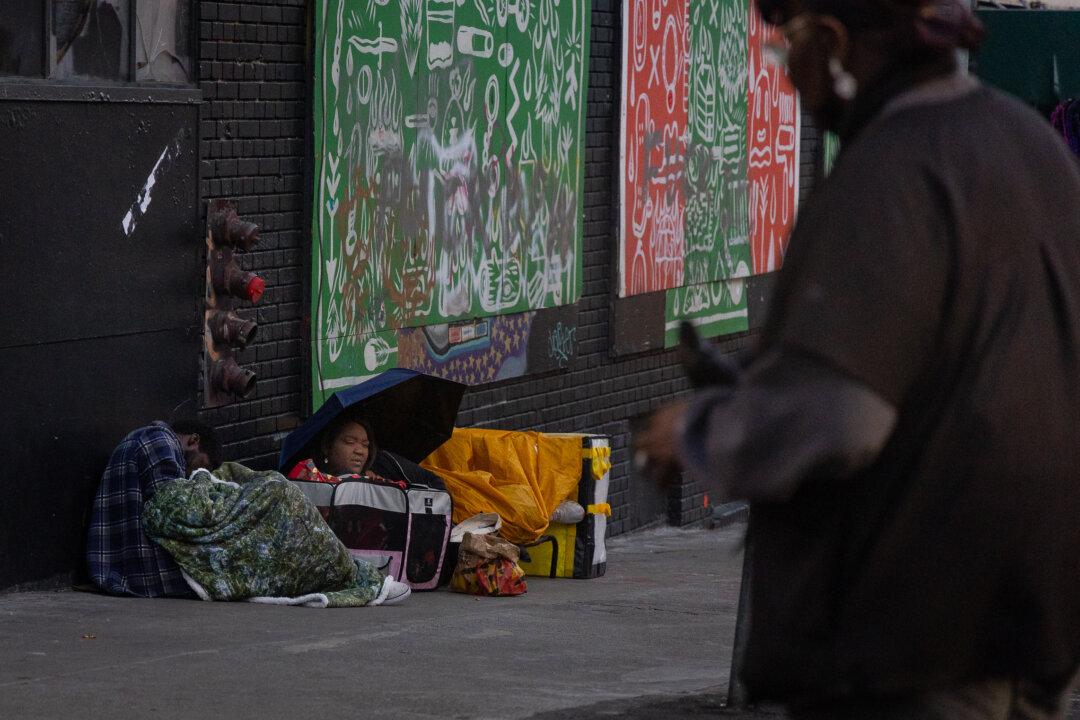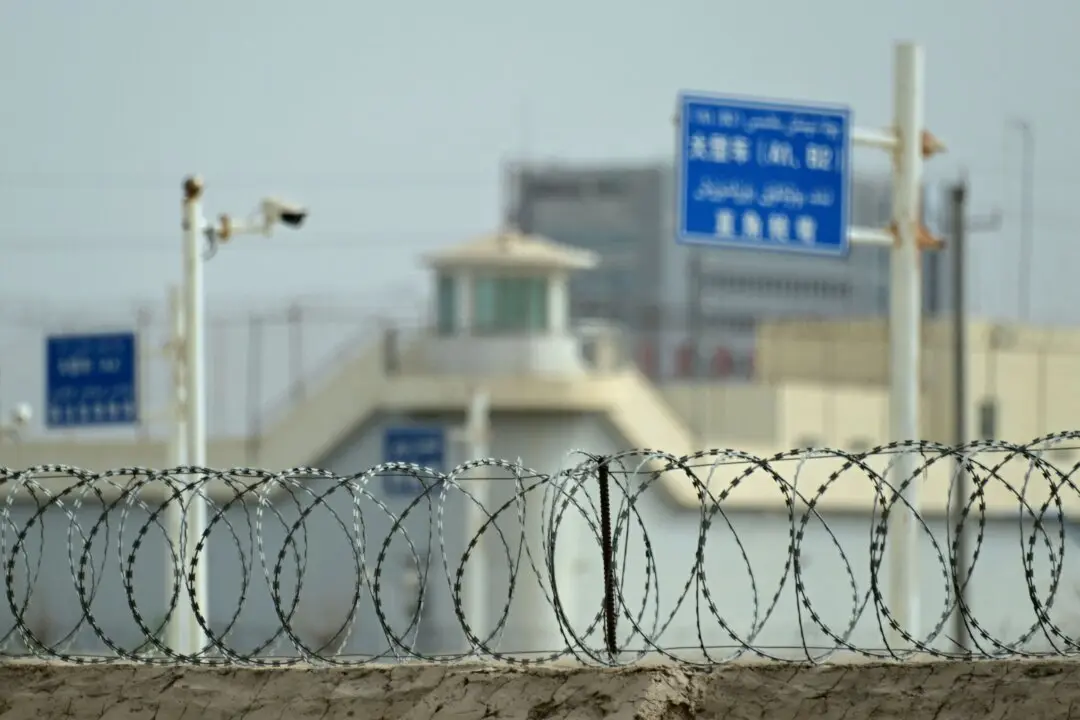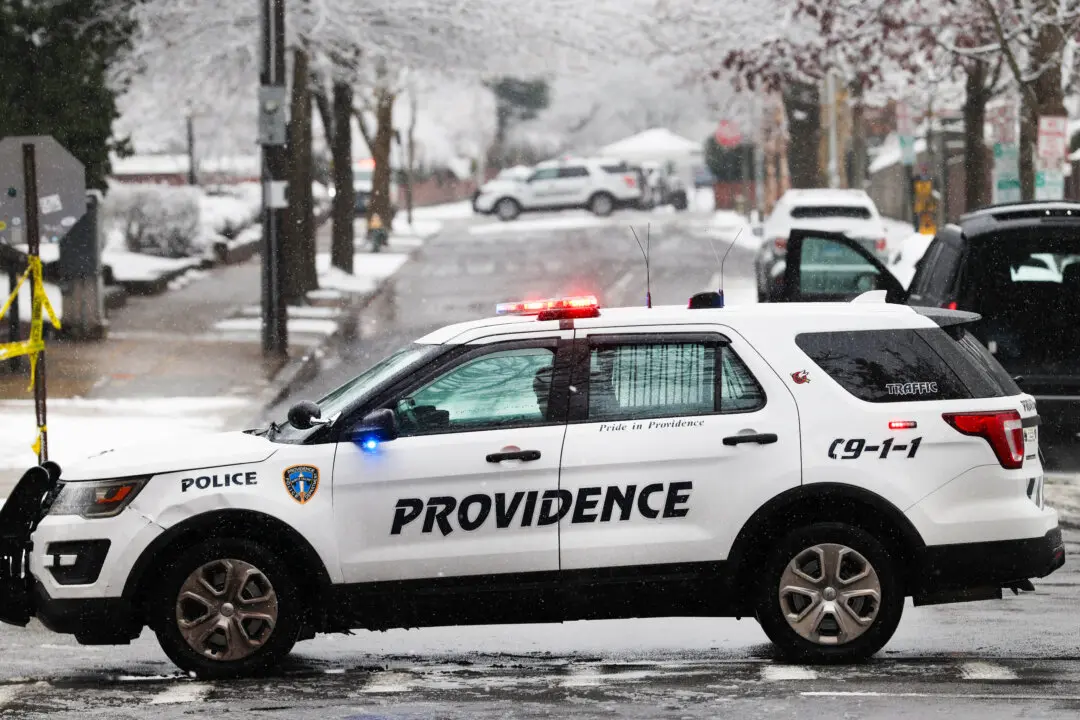The homelessness rate in San Francisco has risen by 7 percent since 2022, despite the city seeing a decrease in the number of people living on the streets, recently released data show.
Data released on May 16 by the city’s Department of Homelessness and Supportive Housing (HSH) show that the total number of homelessness rose from 7,754 in 2022 to 8,323 in January 2024. This number includes both sheltered and unsheltered homeless people.





